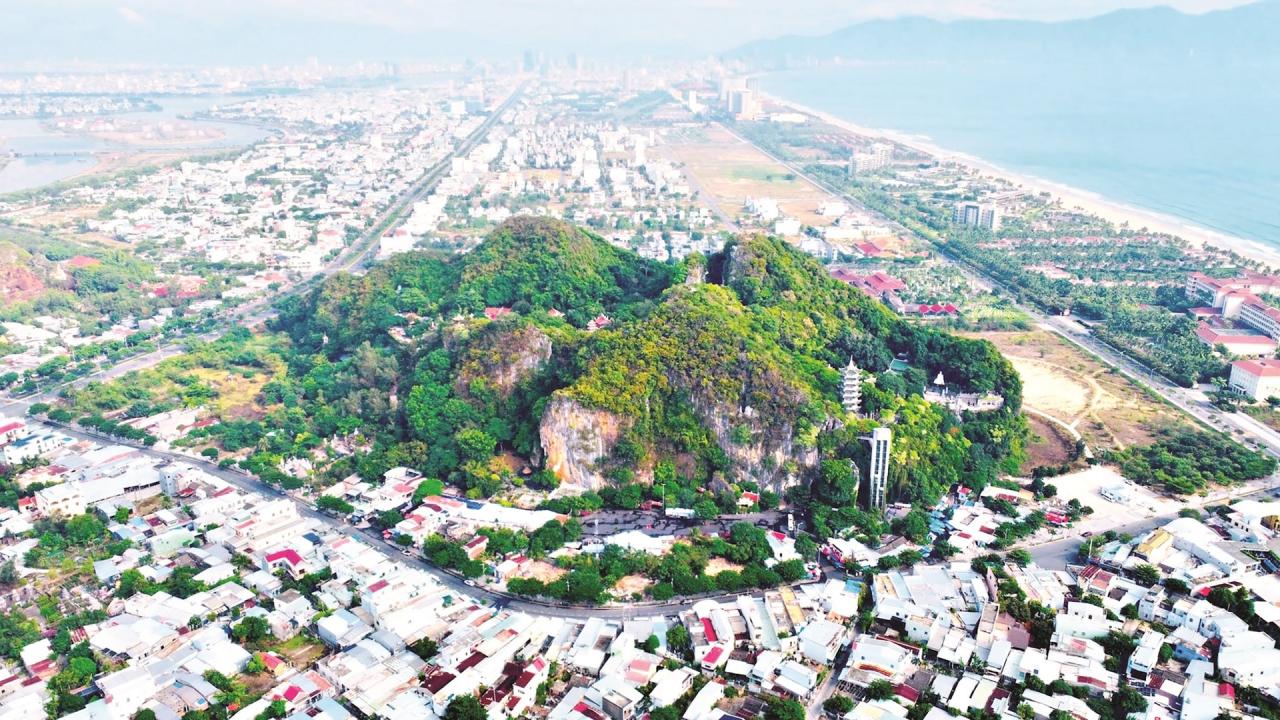
Treasure trove of documents
“Ma” means to polish, “nhai” means cliff. Accordingly, “Ma nhai” is a type of engraving in Chinese or Nom characters, engraved directly on stone slabs on natural cliffs after the surface of the stone slabs has been polished.
Through a survey, the authorities of Da Nang City counted 79 documents in Chinese and Nom (Chinese - Nom) characters of kings, mandarins of the Nguyen Dynasty, high monks, intellectuals, dating from the first half of the 17th century to the 20th century. These documents are mainly located in Thuy Son mountain, scattered in Hoa Nghiem cave, Huyen Khong cave, Tang Chon cave, Van Thong cave, Linh Nham cave...
Ms. Nguyen Thi Anh Thi - Vice Chairman of the People's Committee of Da Nang City informed that at the 9th Plenary Meeting of the Memory of the World Program Committee for Asia - Pacific (November 2022) in Korea, members highly appreciated Ma Nhai at Ngu Hanh Son scenic spot. Ma Nhai Ngu Hanh Son fully meets the criteria set by UNESCO such as: authenticity and integrity; regional significance; gender significance; having a plan to preserve and promote sustainable and scientific values.
According to the Department of Culture and Information of Da Nang City, each Ma Nhai is an independent and unique entity, not repeated. The Ma Nhai system at Ngu Hanh Son scenic spot is the only original document written by King Minh Mang and engraved on cliffs and caves.
Vietnam currently has 3 documentary heritages under the Memory of the World Program: Nguyen Dynasty Woodblocks, Doctorate Steles of the Temple of Literature, and Nguyen Dynasty Royal Records. For the Memory of the World Program in the Asia-Pacific region, our country has 7 documentary heritages, including: Nguyen Dynasty Royal Records; Vinh Nghiem Pagoda Woodblocks; Poetry and Literature on Hue Royal Architecture; Phuc Giang School Woodblocks; Hoang Hoa Envoy's Report; Ghost Cliff at Ngu Hanh Son scenic spot; Han Nom documents of Truong Luu village, Ha Tinh; Reliefs cast on 9 bronze cauldrons in Hue Royal Palace.
In particular, the Ma Nhai at Ngu Hanh Son (specifically the “Pho Da Linh Trung Phat” stele) has always been an important source of data for all domestic and international researchers. In particular, this document is even more important when it comes to the issue of cultural and economic diplomacy of the three countries Vietnam - China - Japan in particular and maritime exchanges in the Asia - Pacific region in general.
Compared to other famous stone carving sites in Vietnam, Ngu Hanh Son is superior in quantity, integrating many years of carvings, rich in genres, gathering many generations of authors who are famous and important people from the three regions of the country as well as foreigners.
Furthermore, the inscriptions on the cliffs of Ngu Hanh Son with the sophisticated stone sculpture art preserved through the system of steles during the Nguyen Lords' time also mark a proud mark on the map of steles' distribution in Vietnam.
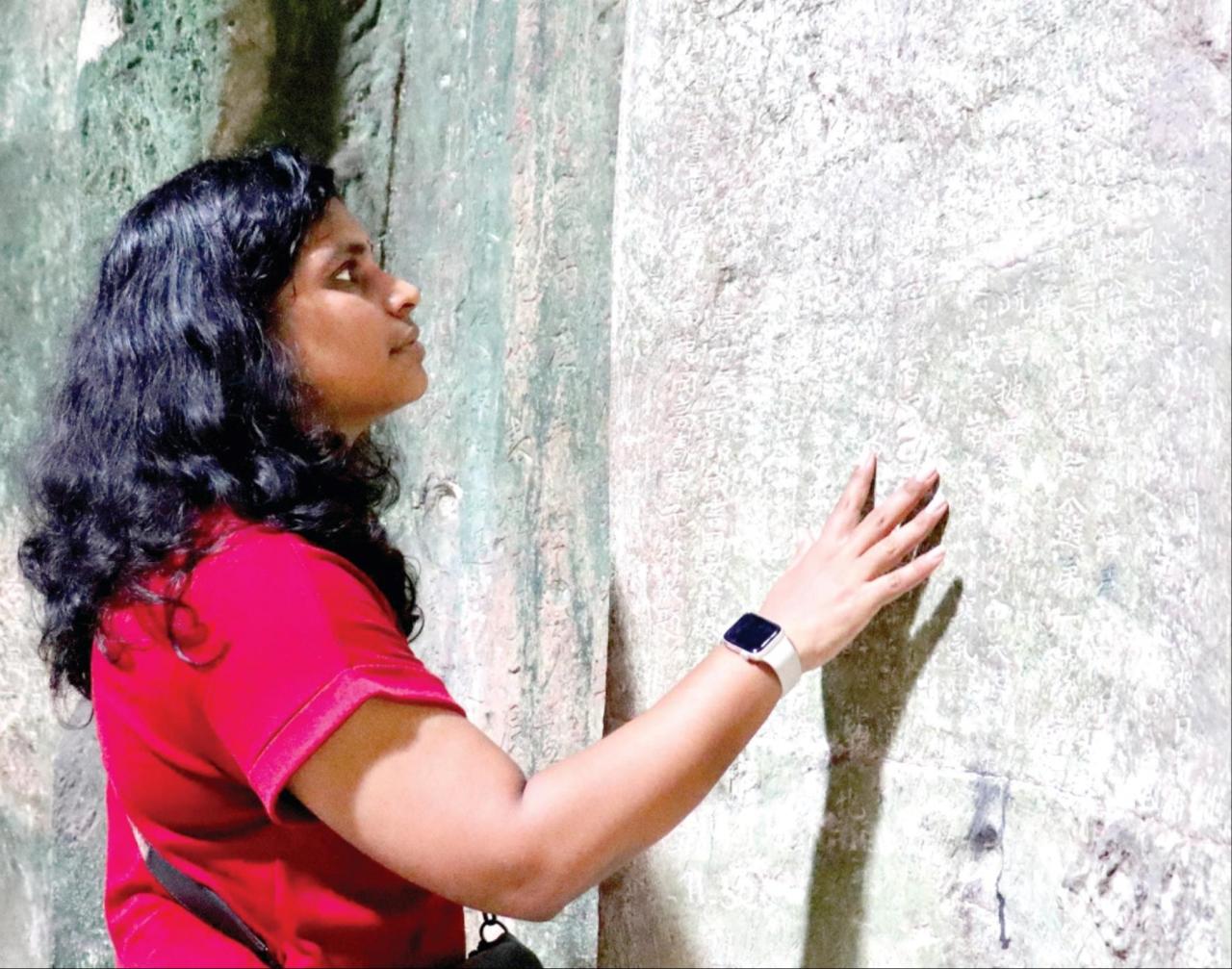
“Witness” of the land
After nearly 400 years, starting from the Nguyen Lords, due to the influence of climate, time, war and people, Ngu Hanh Son now has only 52/79 Ma nhai Han - Nom still readable. The remaining numbers have been eroded by time, covered by layers of paint and cement, cracked by war, or chiseled away by later generations, sometimes carved with additional national language characters, distorting or losing some Chinese characters.
According to experts from the Da Nang Museum, the Ma Nhai at the Ngu Hanh Son scenic spot is a valuable source of information about the appearance and original beauty of a famous historical site. Almost all the Ma Nhai poems about the landscape at Ngu Hanh Son mention the beauty of the river. That is the Co Co River (also known as Lo Canh Giang) winding around the Ngu Hanh Son mountain range, connecting from Cua Dai (Hoi An) to Cua Han (Da Nang).
In Ma Nhai Ngu Hanh Son, many place names are ancient villages of the locality mentioned. Many villages no longer exist, or only exist as blocks, residential areas or are only known by street names. Thus, the appearance of some village names in Han - Nom documents will help research on place names (initial names, renaming, and extension) of villages in Quang land, supplementing ancient documents such as "O Chau Can Luc" and "Phu Bien Tap Luc" as well as the later Nguyen Dynasty's geographical records.
In addition, the Ma Nhai at Ngu Hanh Son scenic spot is a source of accurate historical data reflecting the cultural, economic and social exchange relationship of three countries: Vietnam - China - Japan in a long period several centuries ago. In addition, the Ma Nhai at Ngu Hanh Son scenic spot is a historical document about Buddhism in Ngu Hanh Son in particular and Vietnam in general, and is also a source of historical documents showing the political ideology of the Nguyen Dynasty.
Source: https://baoquangnam.vn/ngon-nui-chua-ky-uc-the-gioi-3142761.html





![[Photo] Visiting Cu Chi Tunnels - a heroic underground feat](https://vstatic.vietnam.vn/vietnam/resource/IMAGE/2025/4/8/06cb489403514b878768dd7262daba0b)


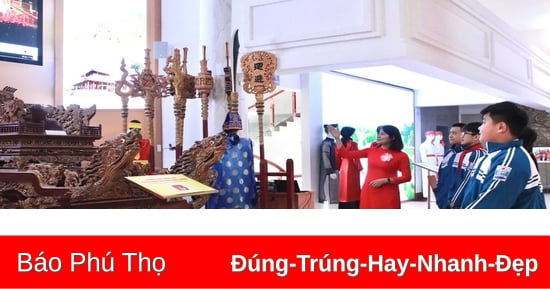


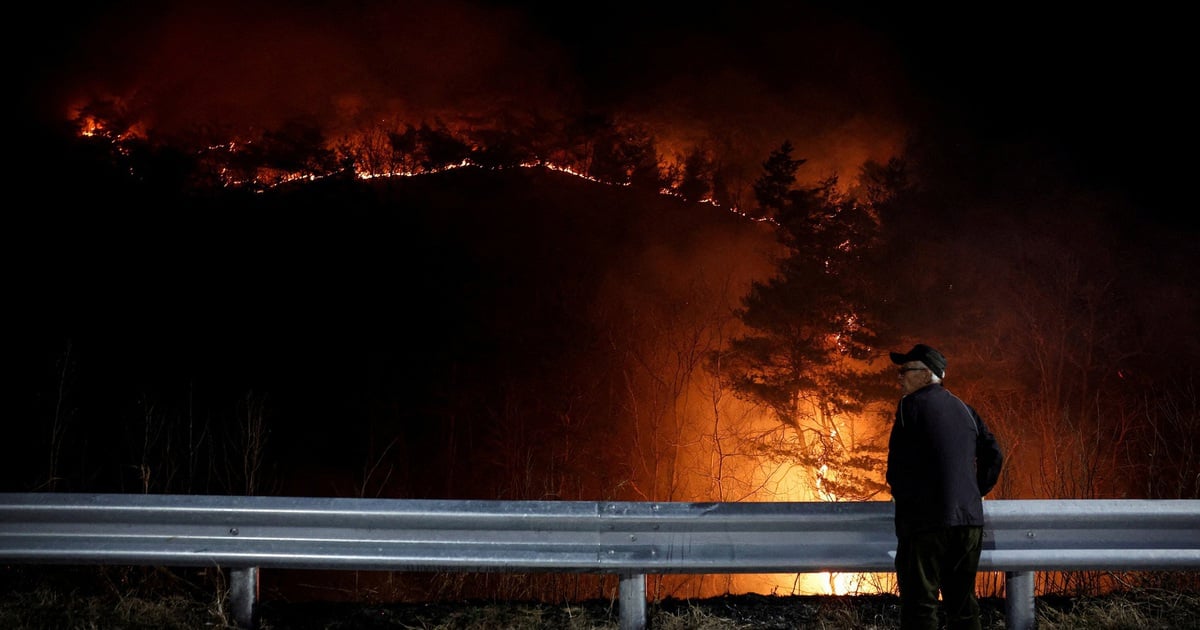

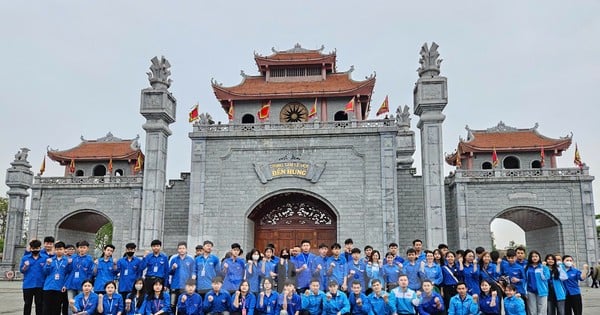
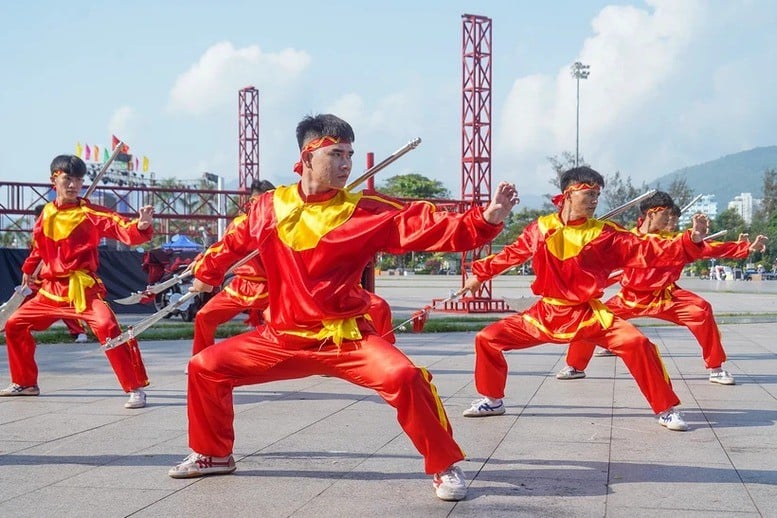



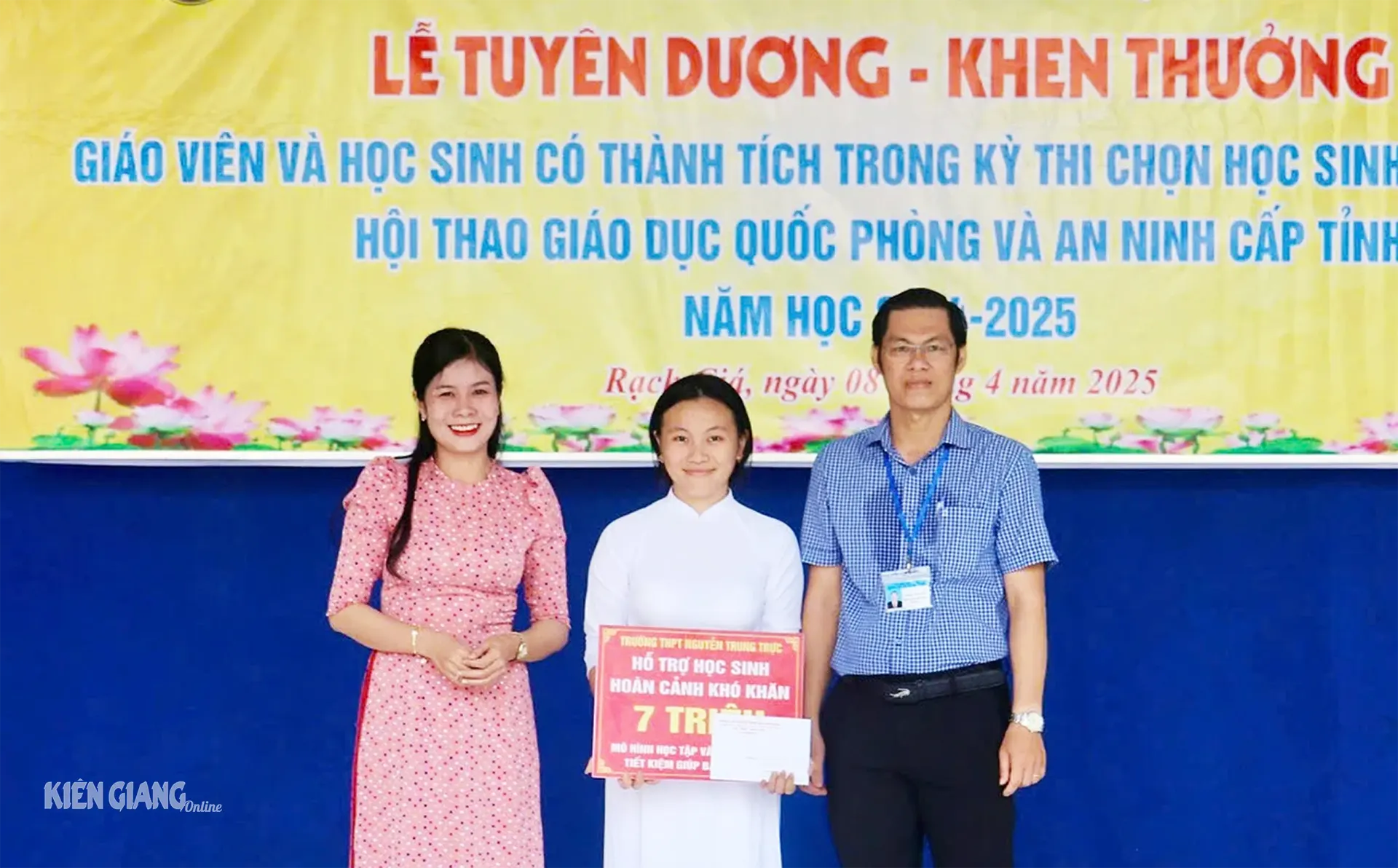



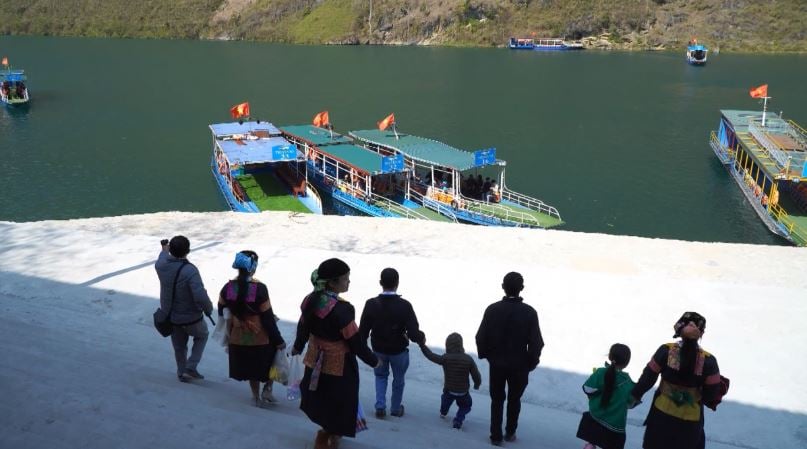
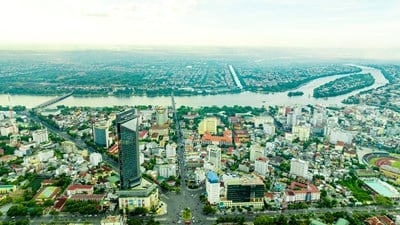

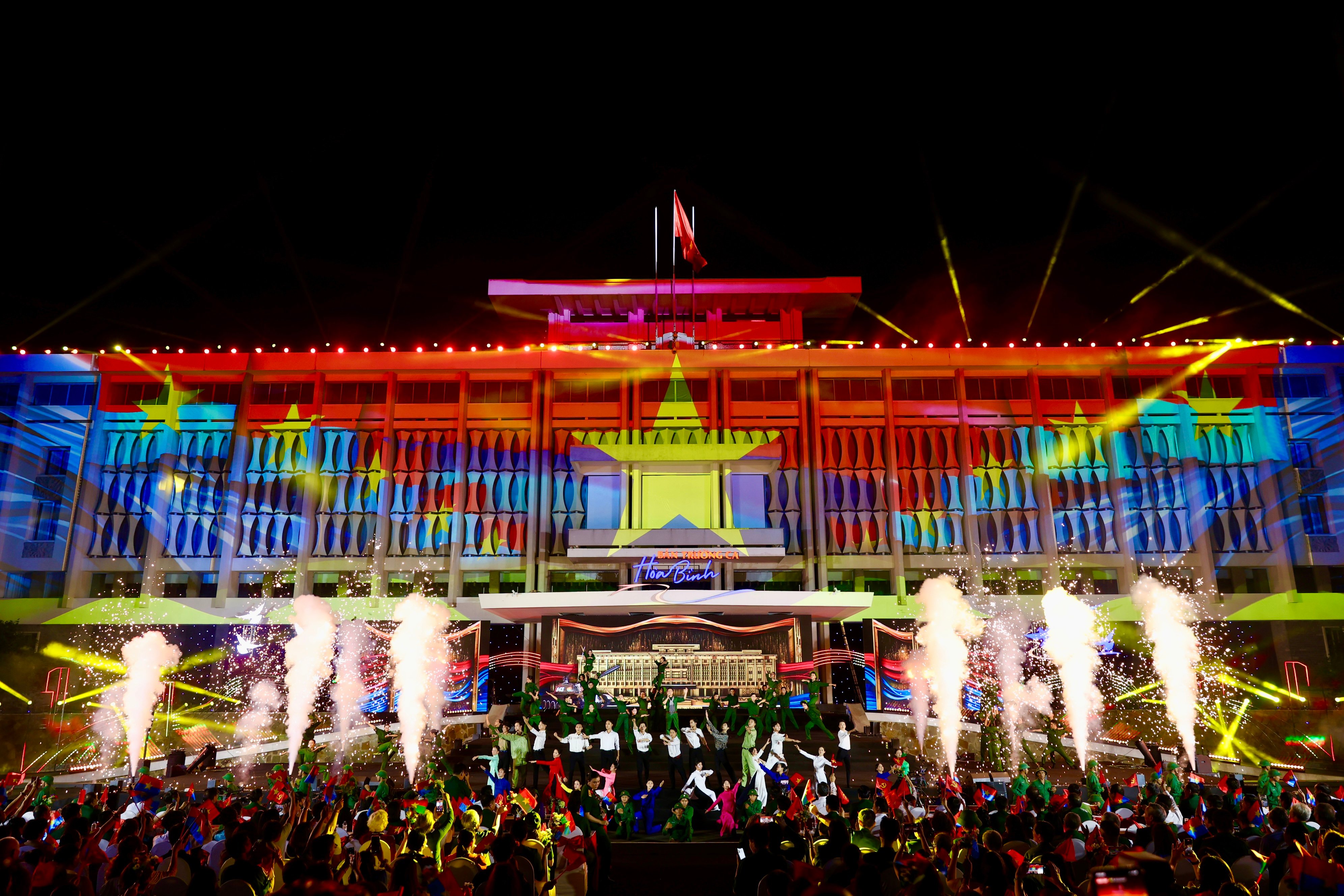
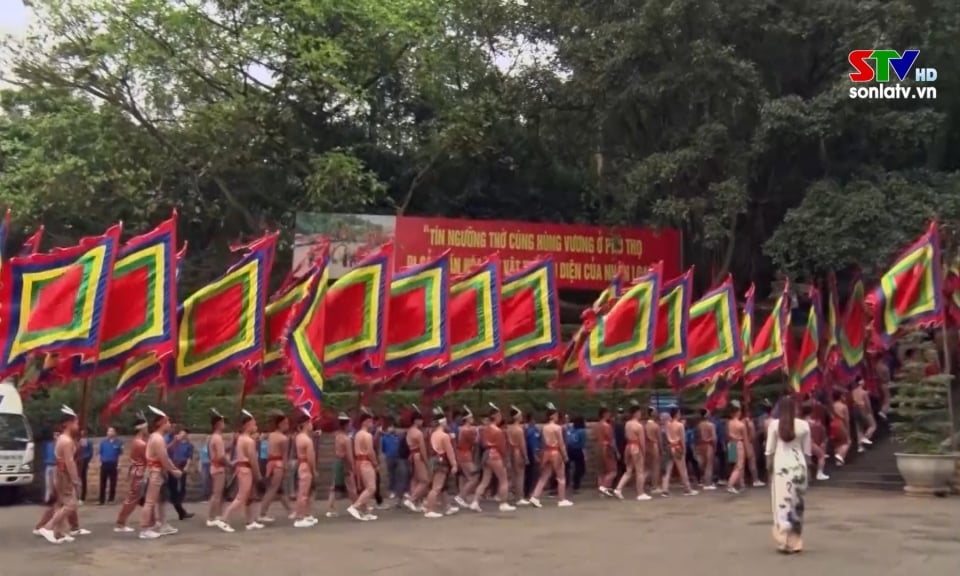


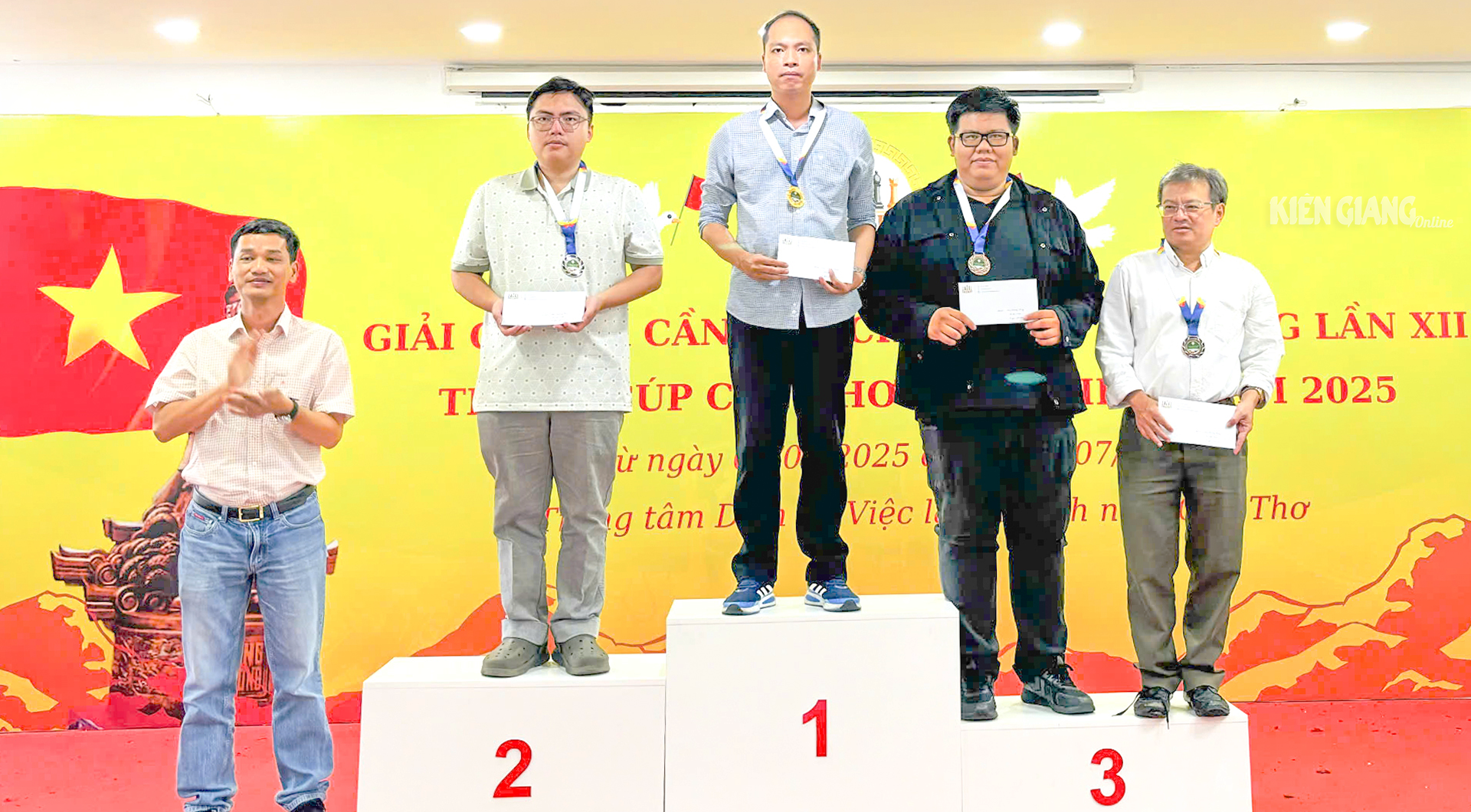
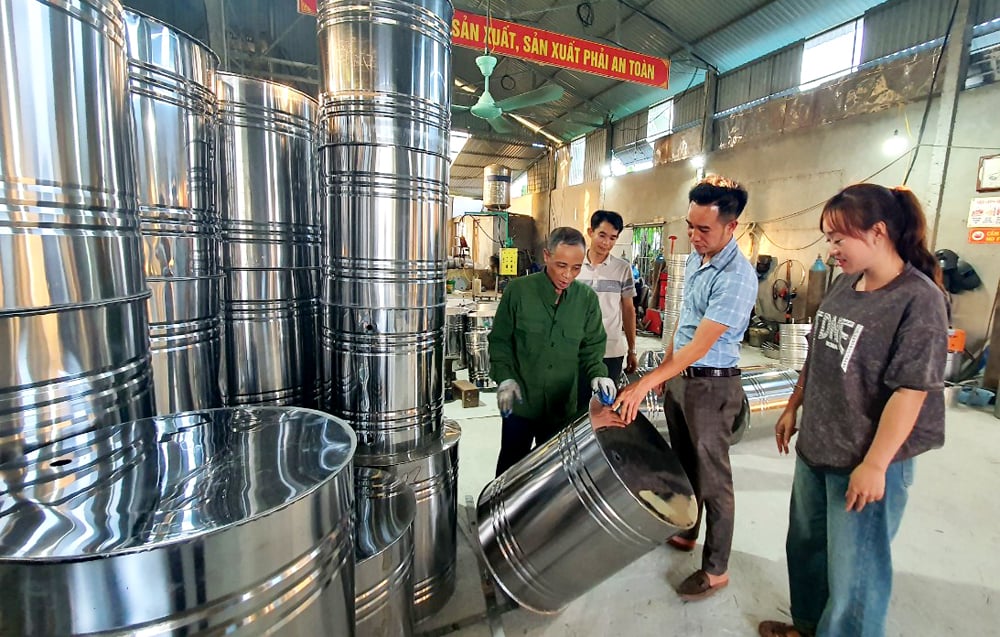

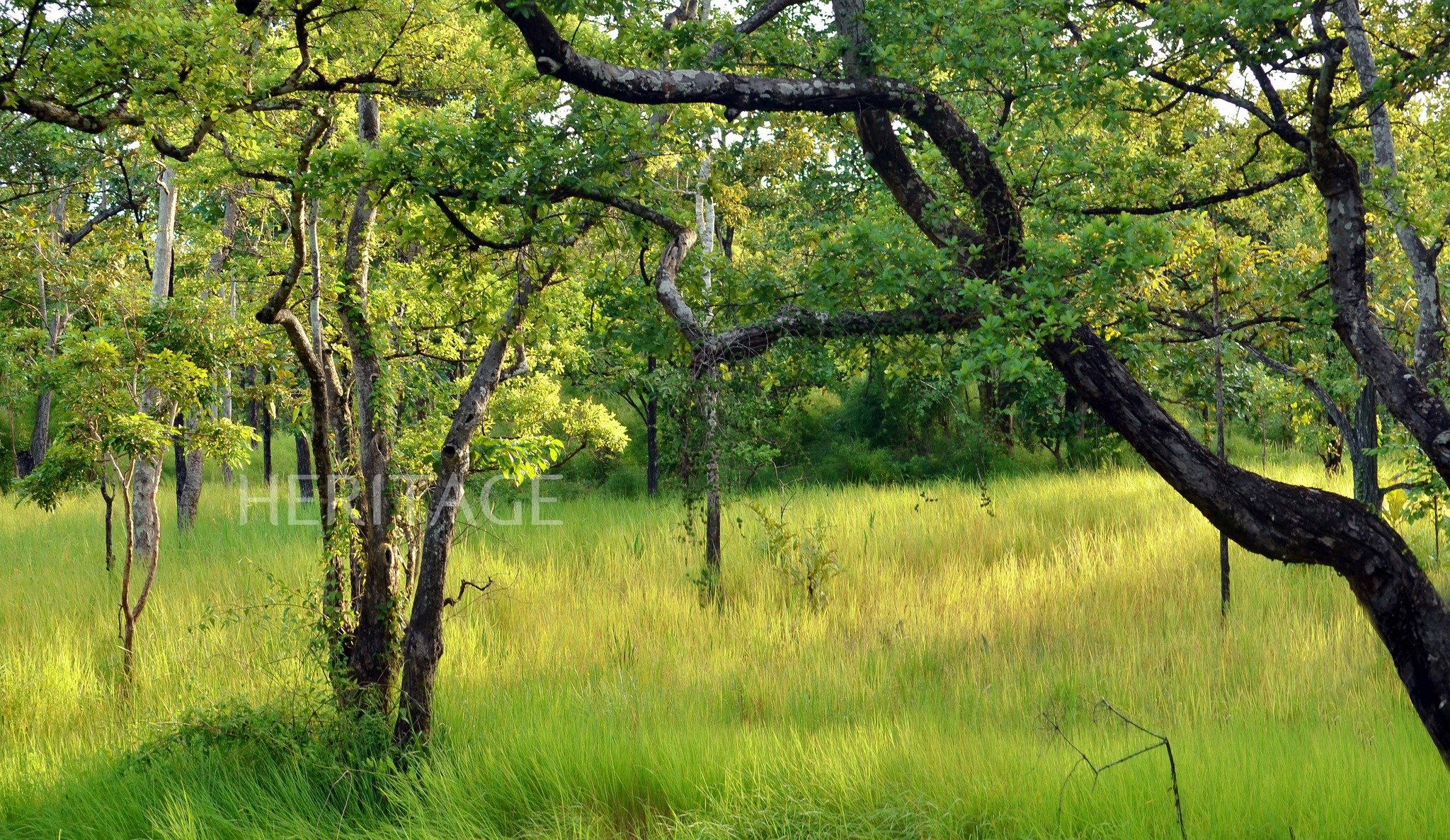

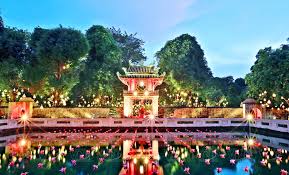

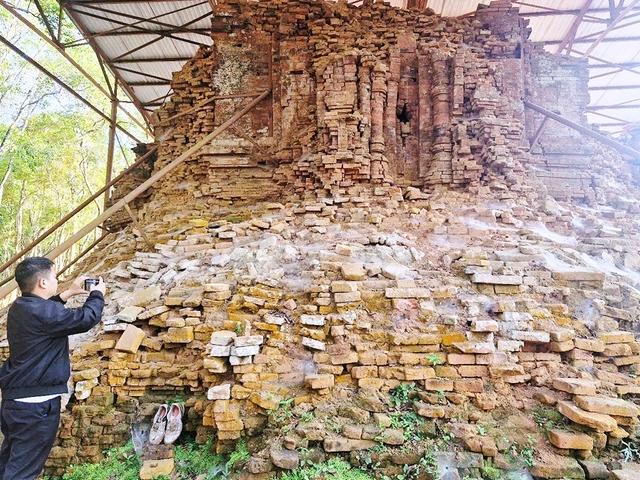


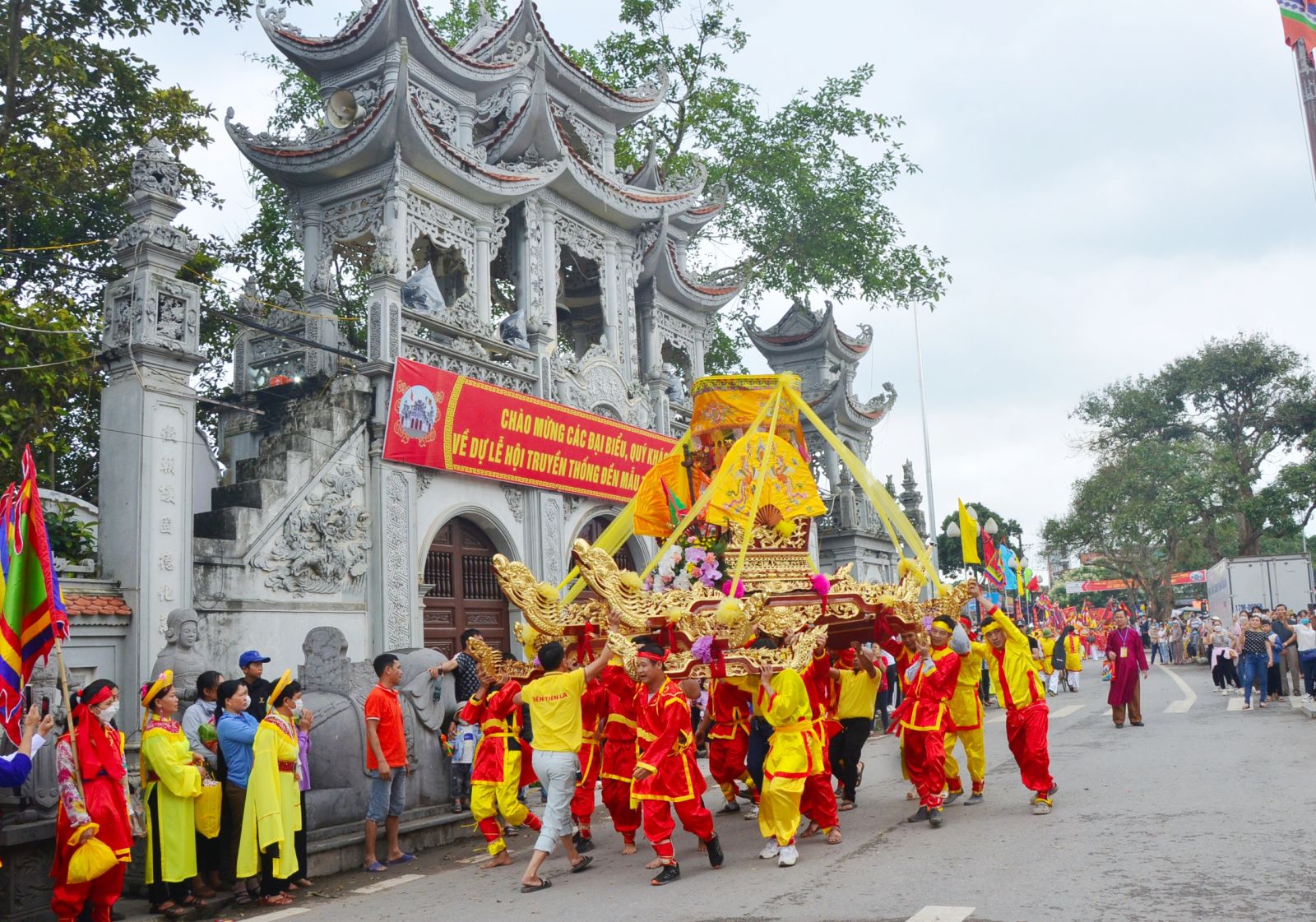

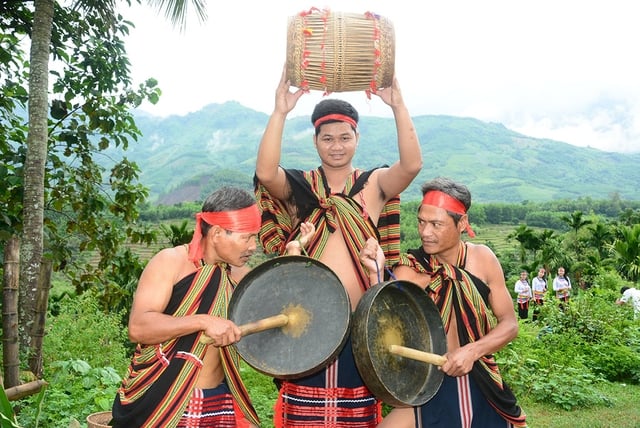




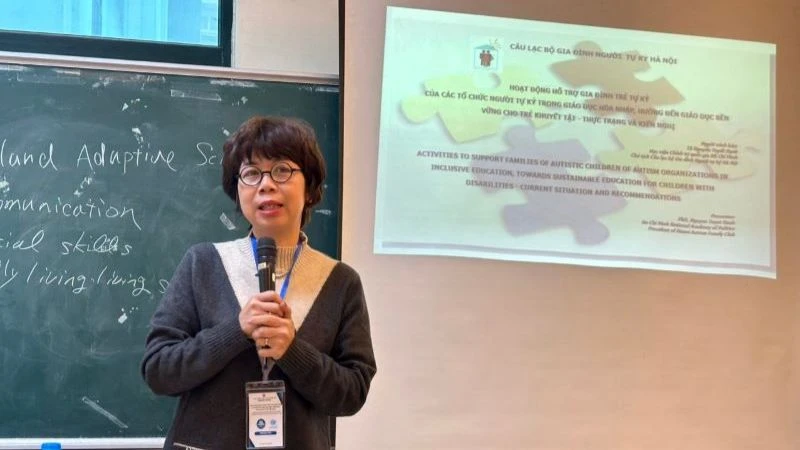



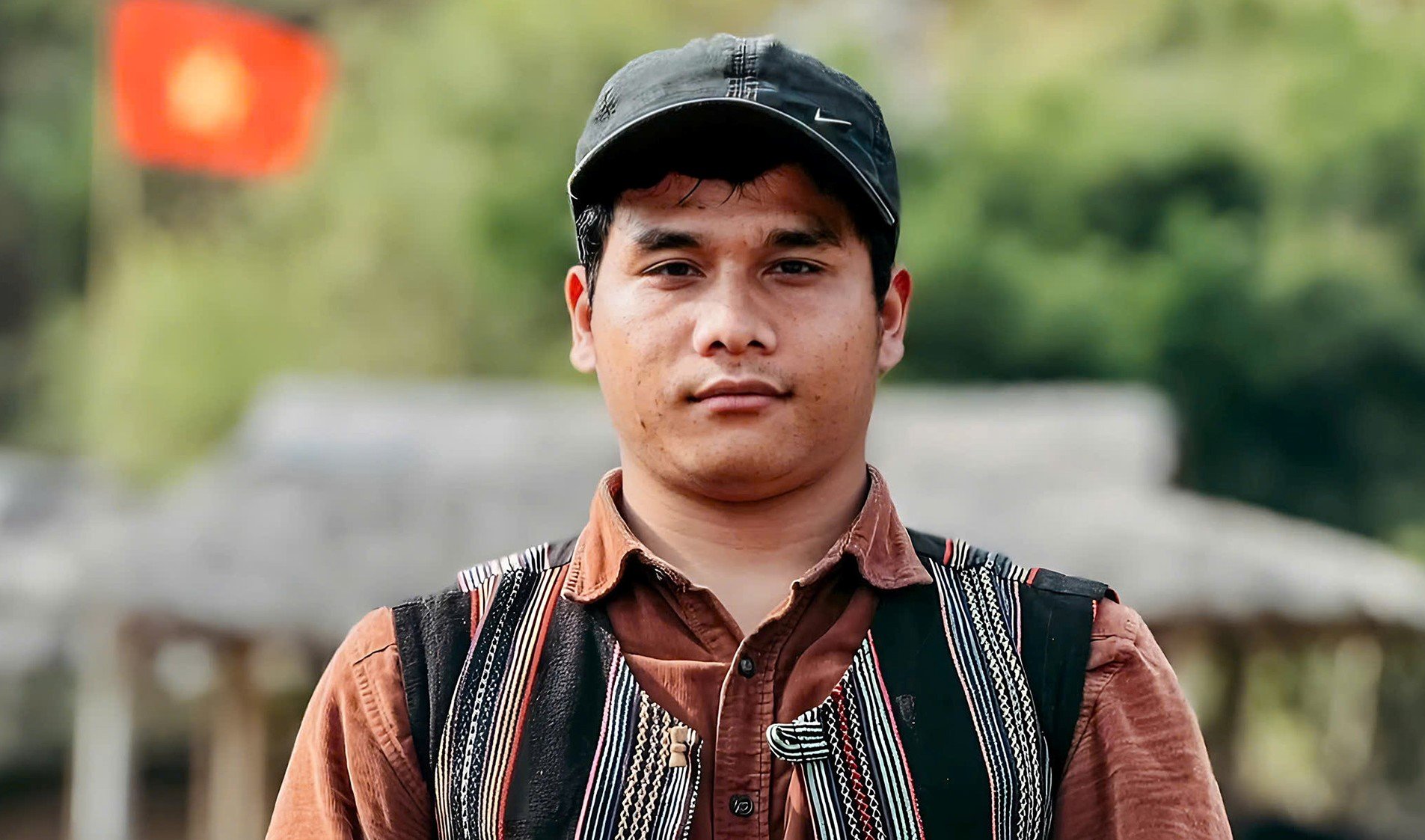


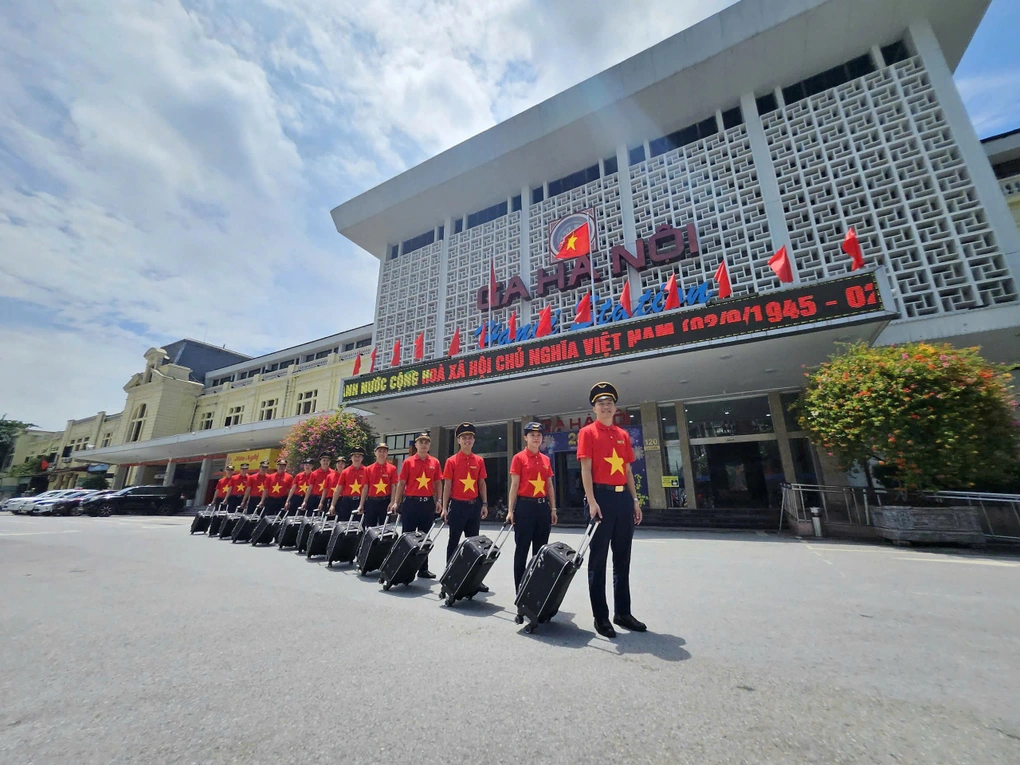









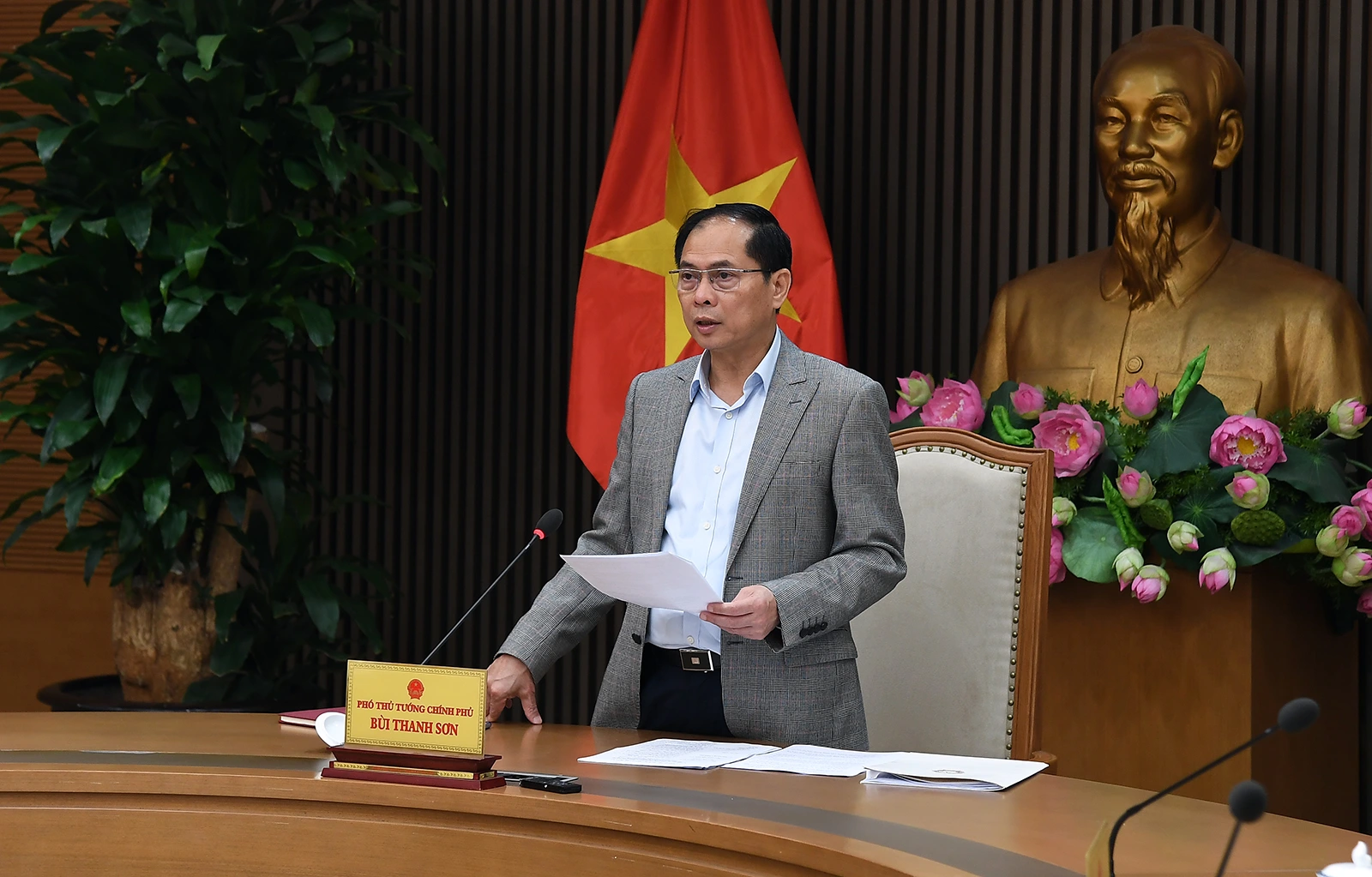















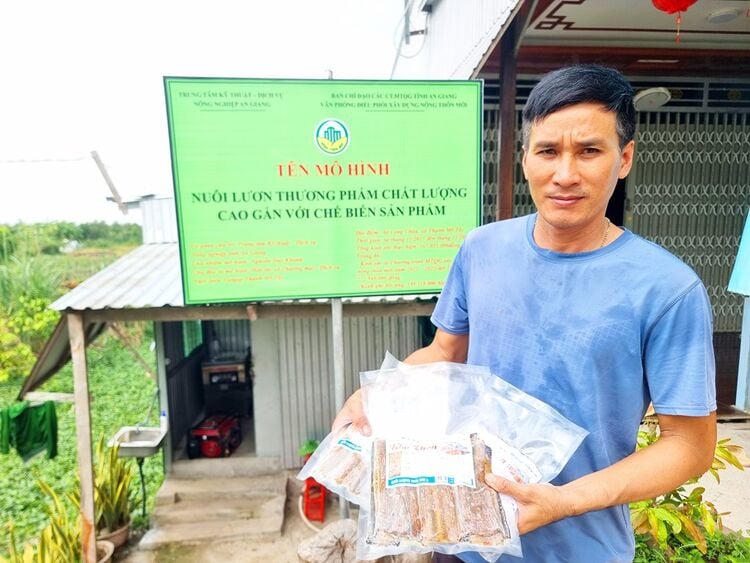
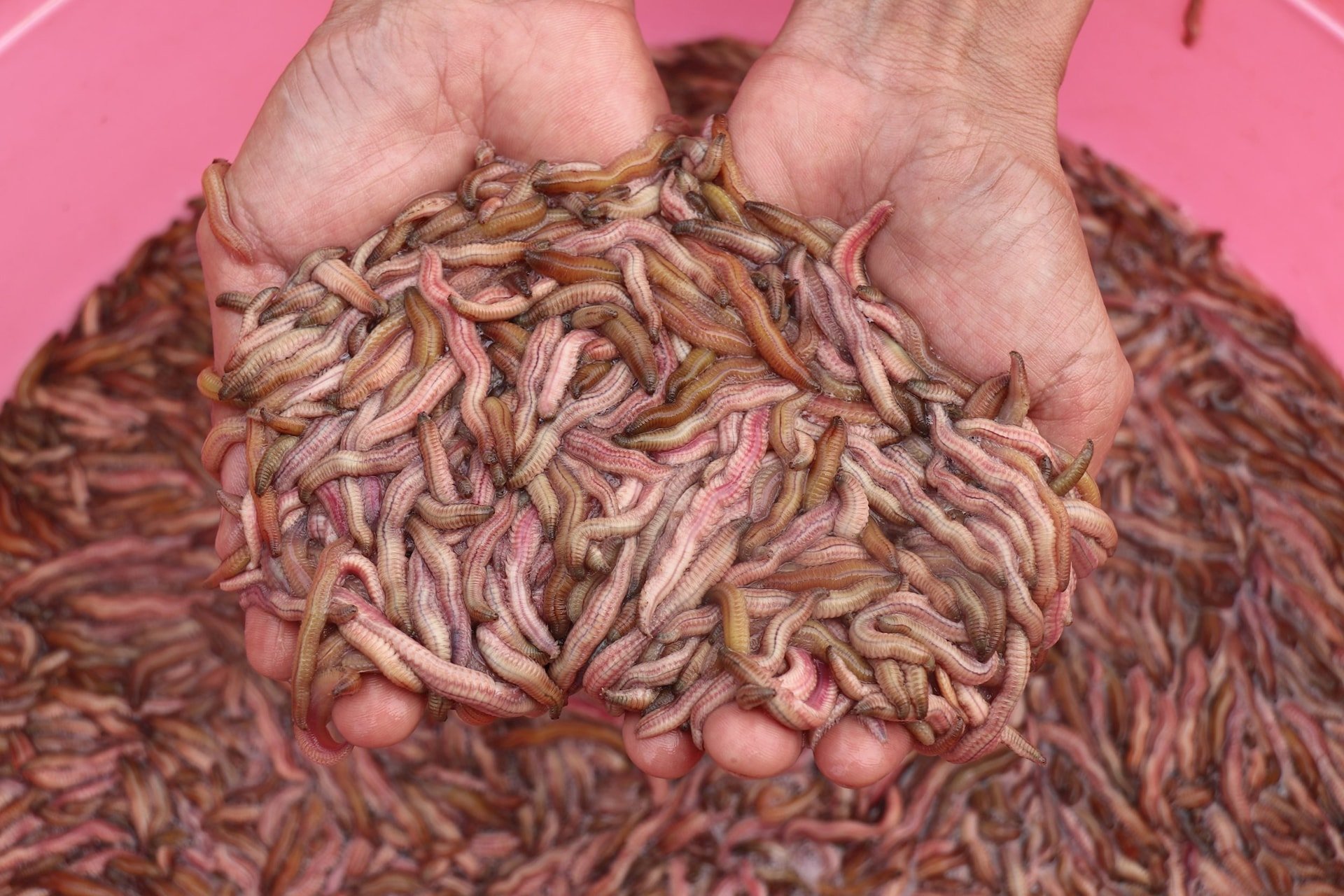
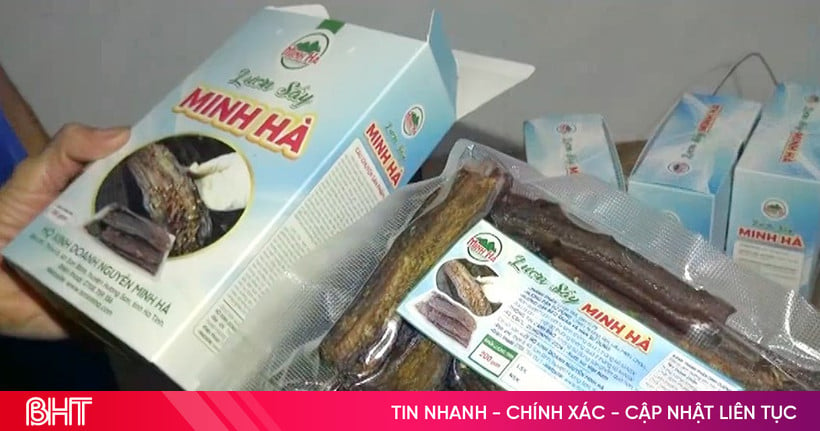

Comment (0)